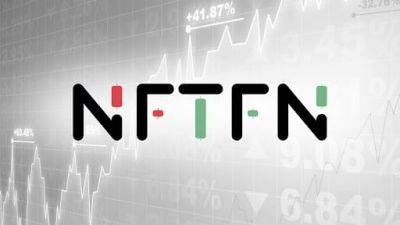Vitalik Buterin: Verkle Trees Implementation to Benefit Ethereum Stakers and Network Nodes
Ethereum co-founder Vitalik Buterin has highlighted the advantages of implementing Verkle Trees within Ethereum’s staking protocol.
In a recent post, the Ethereum mastermind said this technological upgrade would specifically benefit Ethereum solo stakers and network nodes.
Verkle Trees are expected to enable “stateless validator clients,” allowing staking nodes to operate with minimal hard disk space and achieve near-instant synchronization.
Buterin has previously outlined a comprehensive roadmap for Ethereum’s development, describing it as the “endgame” for the smart contract blockchain.
This roadmap follows the successful activation of the Beacon Chain, which transitioned Ethereum to a proof-of-stake consensus mechanism in September 2022.
Verkle Trees are a crucial component of this roadmap, falling under the Verge phase, the third stage of Ethereum’s development plan.
This phase focuses on introducing Verkle Trees to optimize data storage and reduce node size.
Buterin published the technical details of Verkle Trees in the Ethereum Improvement Proposal documentation in 2022.
Verkle Trees function similarly to Merkle Trees, which aggregate all transactions in a block to provide proof of the data’s authenticity.
However, Verkle Trees offer a significant advantage by providing much more efficient proof sizes.
They employ tree-like structures and utilize vector commitments, a specific type of hash, which are passed to sub-nodes.
These vector commitments offer long-term benefits to the Ethereum network.
The primary benefit of Verkle Trees is their ability to assist Ethereum in achieving statelessness.
This concept envisions nodes verifying blocks without the need to store Ethereum’s “state.”
With Verkle Trees, smaller proof sizes can be
Read more on cryptonews.com





















